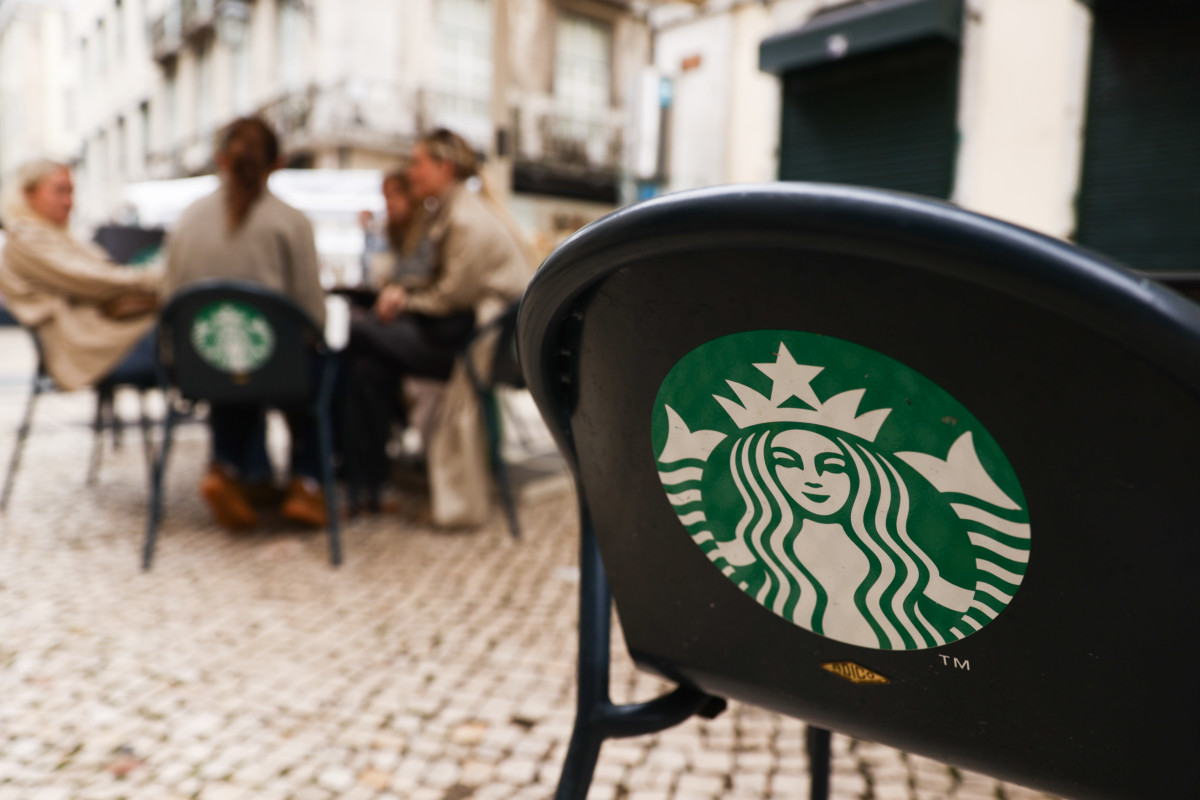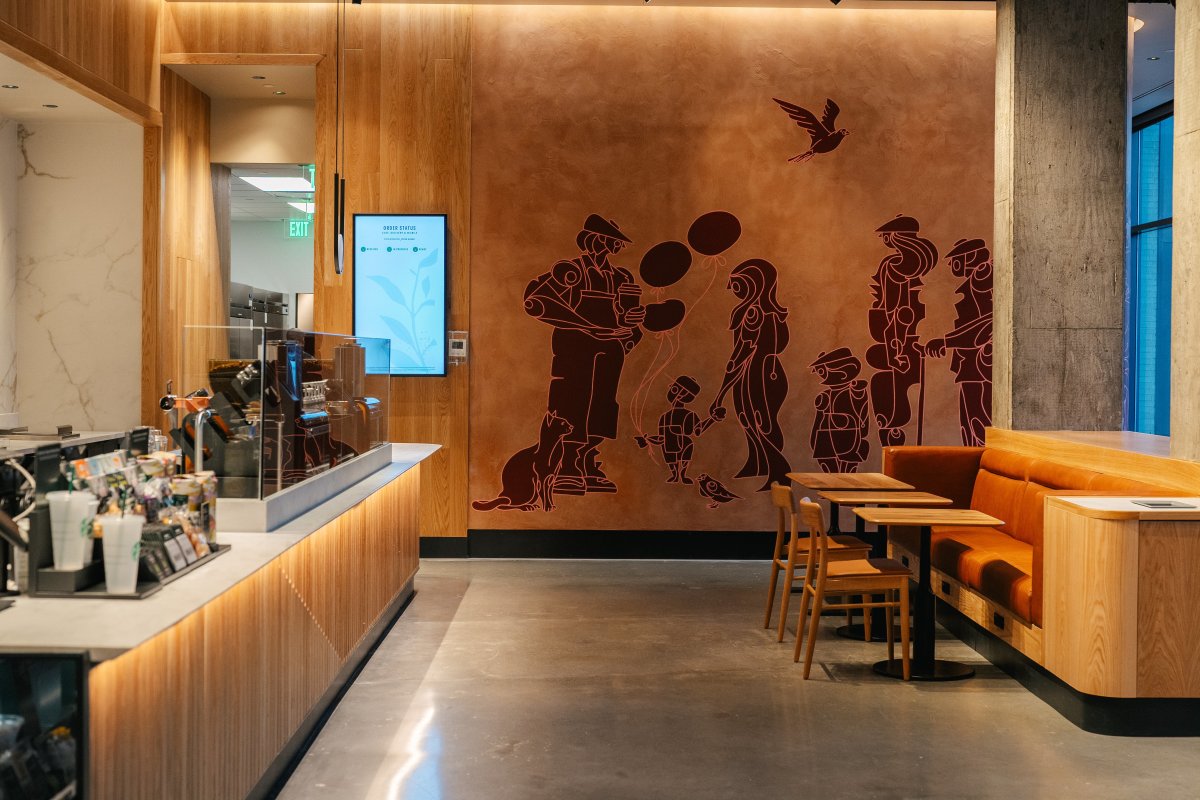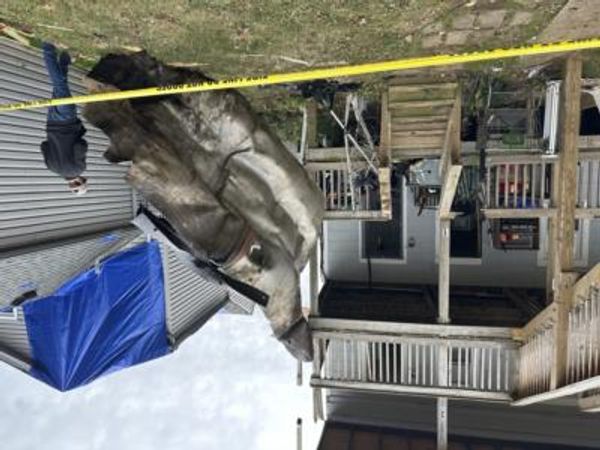
With over 16,000 locations across the United States, it's no surprise that Starbucks (SBUX) is the cafe of choice for millions of Americans each day.
In fact, it may only be a slight exaggeration to say there's a Starbucks on every corner, but that's a part of Starbucks' core business model.
Related: Walmart shoppers may be entitled up to $500
Thanks to its close proximity to customers, commuters and coffee lovers, Starbucks doesn't have to worry as much about its competition overtaking it or crowding it out. Instead, it saturates a given market so that coffee seekers are left with little decision to make when they want a coffee or tea. Sure, busier metropolitan areas may have mom and pop coffee shops or other chain roasters, but for the most part, Starbucks in king in every district.
But there can be some crucial flaws with this system. For one, operating more stores can be expensive and at times excessive, if two Starbucks locations are nearly across the street from each other, for instance.
But close proximity to every person in need of caffeine before noon can be tricky logistically, too.
Starbucks solving a key problem
Picture, for a moment, the last time you were in a Starbucks at peak time. Perhaps it was a weekday around 9 a.m. during the full commuter rush.
It was probably hard to cram yourself into the store, let alone get your order and get out within a reasonable timeline.
Starbucks is aware that the return to work, plus an increased demand for coffee and other speciality drinks, has crunched its customer satisfaction. This is partly why it's embarking on a massive program to revamp the ordering process with its new Siren Systems, which cuts down the number of steps a barista must undertake in order to get a fresh cup to a customer. This also saves time.

Starbucks
And while the Siren System improves expedience behind the counter, it doesn't do much to reduce the actual feeling inside the cafe. After all, Starbucks has long prided itself in a more intimate, calm, perhaps even moody coffee house feeling. But with so many people crowded inside a cafe at one time, this feeling can be difficult to attain.
So the cafe is working to revamp its locations to make them quieter and more appealing. The work will include installing baffles, a ceiling apparatus that absorbs sound, and renovating other store materials to help reduce the noise pollution that potentially reverberates around a busy store.
Starbucks says its intention is to make cafes quieter both for improved vibes and so it becomes easier to order. Because yelling about anything before noon is just a little too much.
“Imagine you’ve got all that background noise happening, and then you’ve got a window open in front of you, and you’re trying to communicate with a customer,” Sara Trilling, president of Starbucks North America, said. Improving the sound experience “will translate to order accuracy and just a better customer experience overall.”
Starbucks is undergoing a massive dollar store re-imagination process, which it says will help to make locations more accessible for everyone and improve the ordering process. It also sees drive-thru as a big part of its future; up to 80% of new stores planned for 2024 will feature a drive-thru, which in turn helps to cut down store crowding.
Trilling added the company is "heavily, heavily investing in drive-thrus."
Currently, about 70% of Starbucks locations feature a drive-thru, with most of them in the suburbs.







